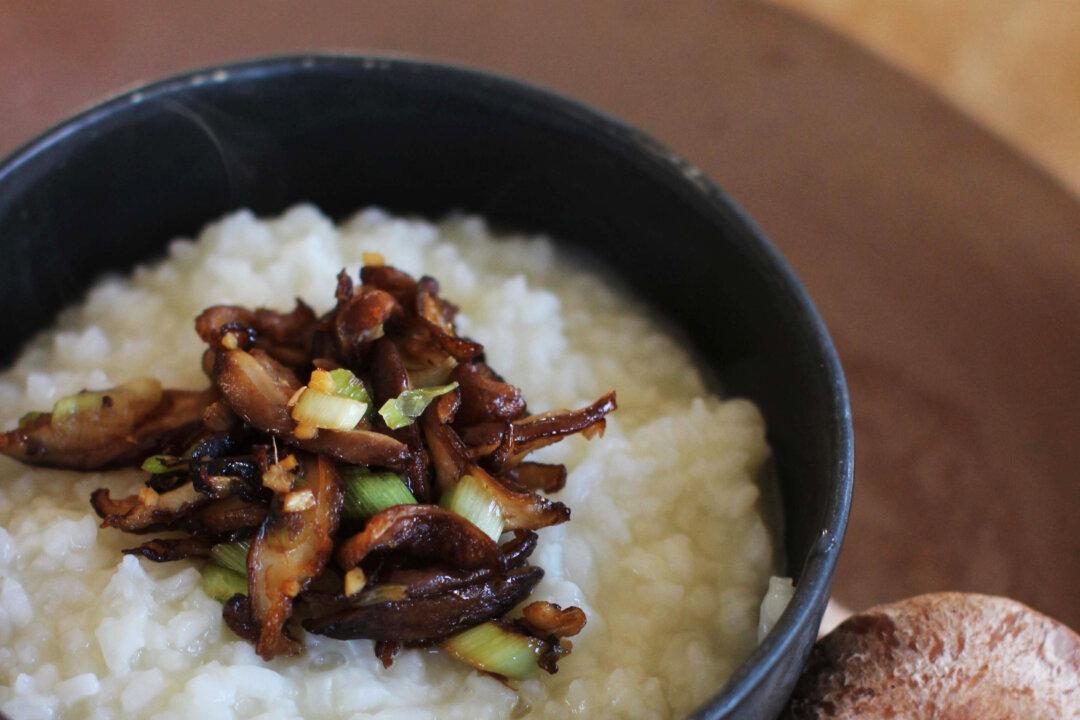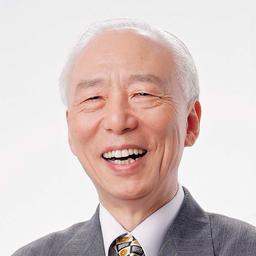For millennia, Chinese people have relied on natural foods to strengthen immunity. This becomes especially necessary during the autumn, a drier season that’s known to trigger seasonal illnesses. Since ancient times, traditional Chinese medicine has offered us an excellent preventative—congee. Often known as rice porridge, congee is praised for its effectiveness in improving health, and has a reputation as the world’s best supplement.
A Special Porridge That Does Wonders
When one boils rice for congee, a translucent layer of thick liquid forms on top, producing the “soup” of the grain. Chinese people have long known this liquid can be effective for clearing coughs and restoring energy, along with many other benefits. On the uppermost layer of this soup is a thin sheet of “rice grease,” the essence of the congee.According to traditional Chinese medicine studies, this substance is capable of improving energy circulation, nourishing the organs, and clearing internal blockages. In general terms, this is called replenishing the yin, or the vital essence, of the human body. Congee grease possesses yin-nourishing effects.






